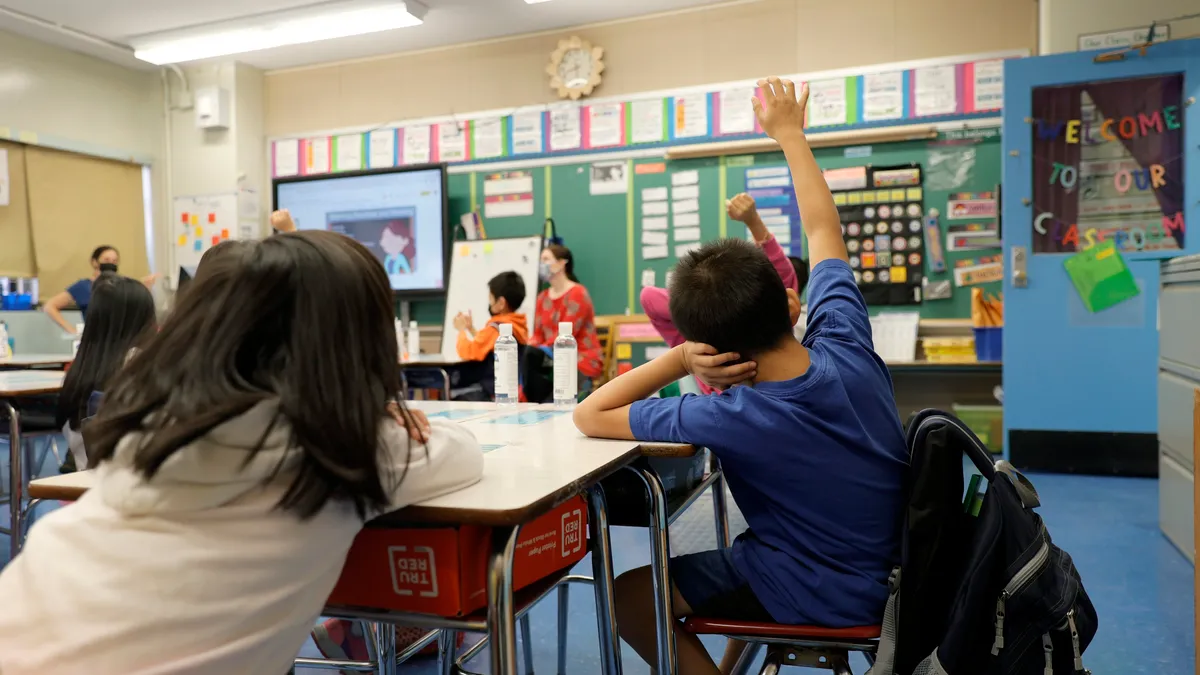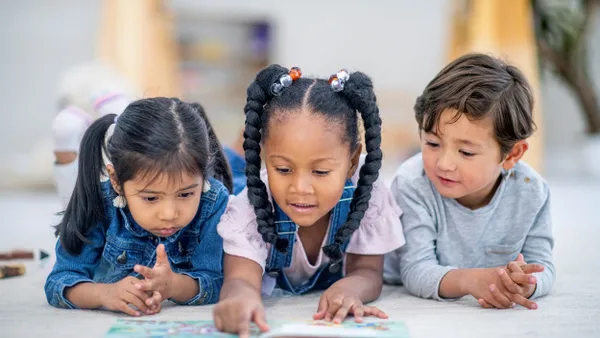Dive Brief:
- Constructivist media decoding is a method that helps students develop critical thinking skills, empowering them to lead their own learning while honing the ability to scrutinize messaging across a variety of media formats through curriculum-based activities that can be as short as five minutes, Chris Sperry and Cyndy Scheibe, cofounders of Project Look Sharp at Ithaca College, write for ASCD.
- With CMD, educators select a form of media, from a book cover to a video clip, then focus on a subject they want students to explore alongside a media objective, such as considering the credibility of a source. Students are asked questions to spark their thinking about the content and then tasked with applying those views more widely.
- Along with examining narratives and viewpoints presented in media, CMD approaches can also have students examine their own views, sourcing evidence that backs or disproves those ideas. This can help them additionally investigate their own biases in deconstructing information they hear, read and digest.
Dive Insight:
Media literacy can help students learn how to critically parse information they've read, viewed and heard, equipping them with lifelong skills that will extend into their adult lives, professionally and personally. Building in opportunities to strengthen those skills can also help educators promote civil student discourse, imparting persuasive argumentation skills that help learners ground conversations in facts and reason.
These skills can be infused across a curriculum, whether students are examining news accounts in an English or social studies course, or discerning reports about climate change in a science class. Educators can also link these subjects to real-world examples, helping learners connect to the material through a variety of information sources and tap into critical thinking skills to determine their objectivity and trustworthiness.
For example, a majority of Americans use social media to connect and pick up information, from news to entertainment, at home and at work — though the quality of that content can often be unreliable. Media literacy can, however, better equip young people who encounter short videos and memes to determine if what they are viewing is fact or fiction.
Venn diagrams are another tool to help students sharpen their media literacy skills. Classes can compare two events and then examine overlapping facts and details between the two. Political science or history classes can also use vetted sites to locate objective sources for reports and presentations.






 Dive Awards
Dive Awards







